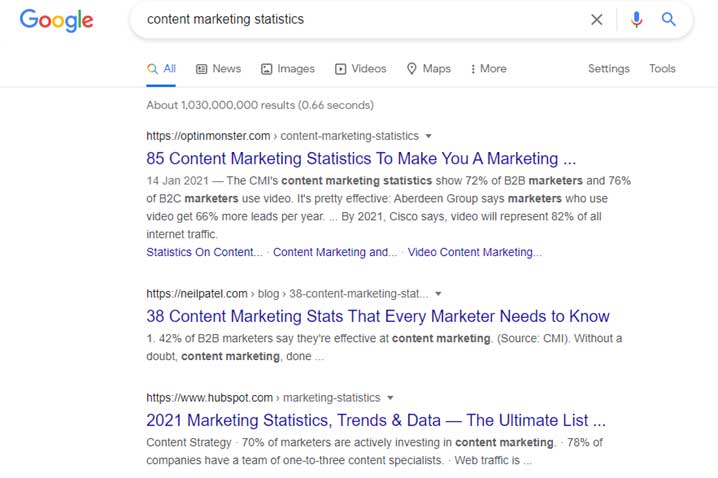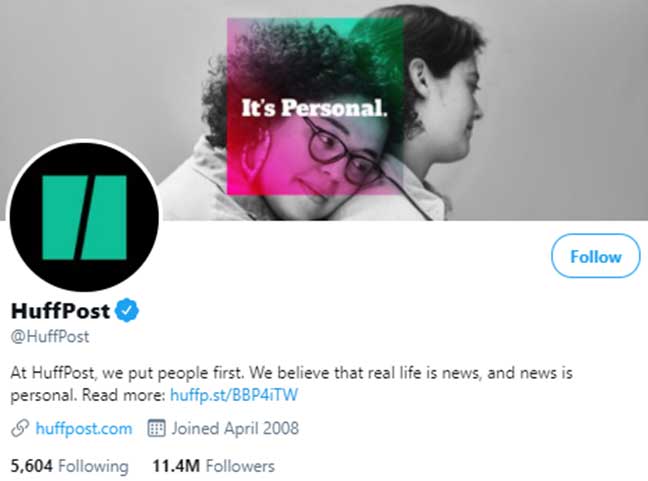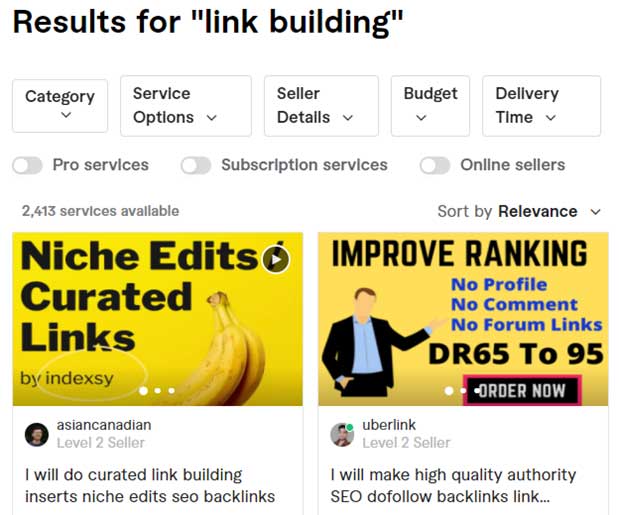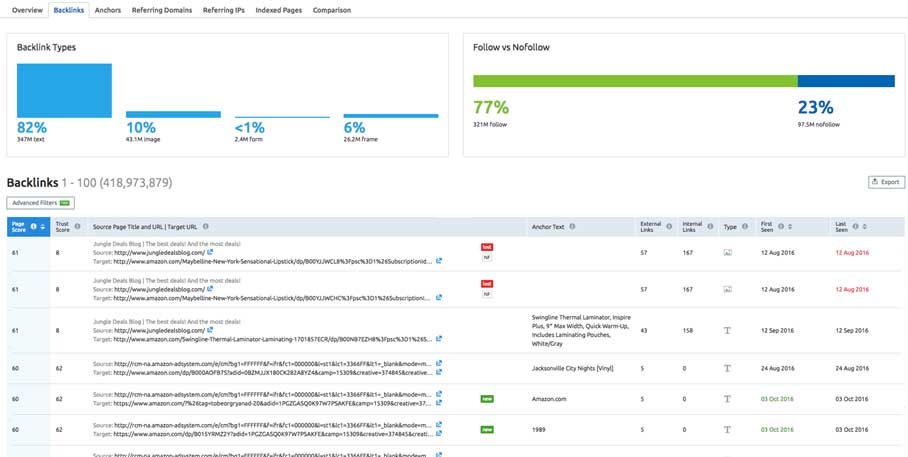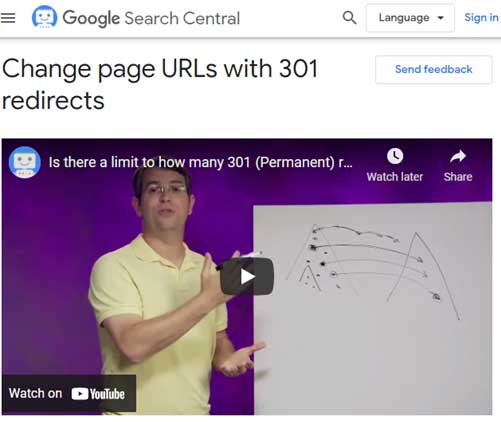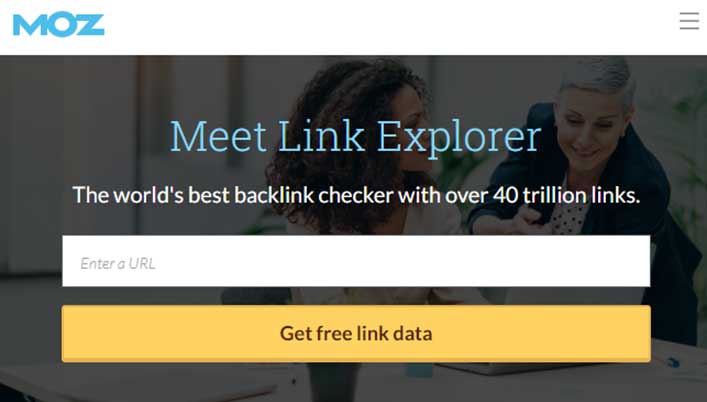Are you new to the world of search engine optimization? Have you been seeing frequent references to “link building” and wondering what it entails? If so, you’re not alone. SEO incorporates so many different elements that it can be overwhelming when first trying to understand all the different terms and tactics.
However, you must learn all about link building. Why? Well, it is one of the most integral elements when it comes to generating organic traffic via search results. This is particularly the case if you operate within a competitive industry.
Digital marketing – and, by extension, link building – has never been as demanding as it is today. More and more businesses are investing heavily into promoting their brand on the internet. According to statistics from HubSpot, 70% of marketers are investing in content marketing right now, and 24% of these professionals are planning to up their spending in this area. This means you have to go above and beyond with your link building efforts.
It’s true: even bad link building tactics can produce positive results. Yet, you need to avoid spammy, low-quality links when attempting to build long-term success with your organic search. As a result, it is imperative to aim for relevance, authenticity, and quality with your link building strategy.
Before that, however, let’s take a closer look at what link building actually is and why it’s so important.
What is link building?
Link building is a process that involves getting external websites to link back to your site. These one-way hyperlinks, commonly referred to as “backlinks,” are used in an effort to boost your search engine visibility.
While a successful link building project involves a lot of work, a white hat strategy boils down to two main points:
- Creating a notable piece of link-worthy content
- Sharing it with website owners so they can link to the content
There are various link building tactics available which you can use to great effect. Popular tactics include content marketing, email outreach, creating useful tools, public relations, and broken link building.
So, why are these links so vital? As you will know, hyperlinks give users the ability to navigate between pages across the internet. Well, search engine bots crawl the web with the assistance of these links. The more of these links they find pointing back to your website and specific pages, the more Google will typically appreciate your site – and bump it up their search rankings as a result.
Not all backlinks are created due to the work of a marketer or SEO specialist. In fact, a lot of them are created due to various other external reasons. These reasons can range from a blogger loving their new laptop and sharing a backlink to the retailer to a journalist writing a news story and incorporating a link to a quoted source.
Gaining organic links you didn’t request is the SEO promise land. With that said, crafting link bait isn’t an easy task. You have to do something exceptional to achieve this goal, whether it is producing high-quality content or offering a fantastic, unique product that you cannot find elsewhere.
Why are links important?
Back in 2016, Google’s Search Quality Senior Strategist Andrey Lipattsev revealed the search engine’s three main ranking factors:
- Content
- Links
- RankBrain
Simply put, for any of your website pages to score highly with the search kingpin, you are going to need links pointing back to your content.
If you consider links to be “votes” for a page on your site, it’s easier to understand their importance. The more votes you manage to generate in your favor, the more it stands out when Google ranks the content. When you factor in thousands of pages covering the same topic, a few additional backlinks can push your content from obscurity to the first page of search results.
Even though you’ll find the odd anomaly, the general rule is that pages featuring more backlinks will rank higher in Google results. A page with the most valuable content for a specific topic would land that #1 spot in the search rankings in an ideal world. However, this isn’t an ideal world. It’s not uncommon for lower-quality pages to rank high with Google and knock the best ones to the back of the line.
There are two main reasons why this is the case:
1. The SEO cycle
Let’s say you are writing an article about how to produce high-quality content. In this article, you want to include a statistic that highlights the importance of content for business marketing. As a result, you type into Google “content marketing statistics.” This is what shows up:
